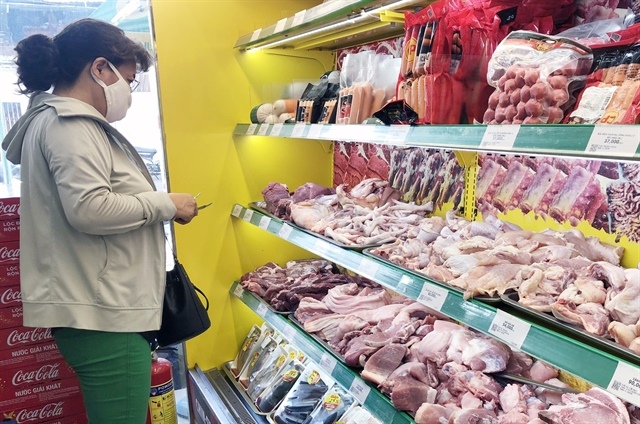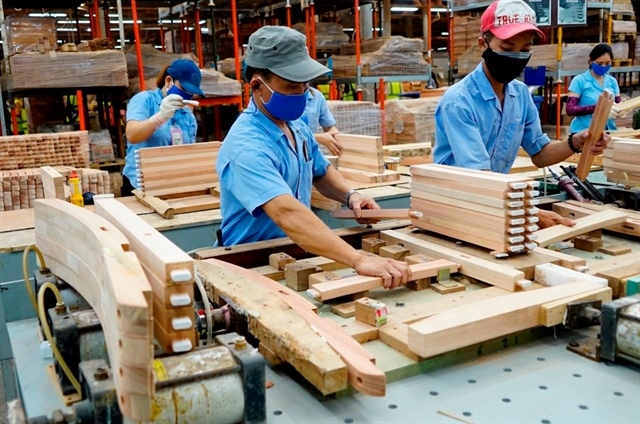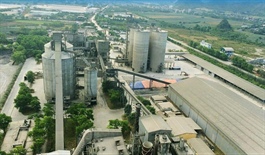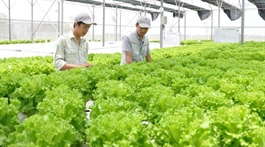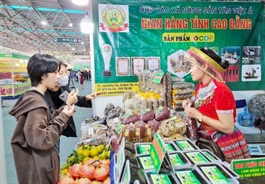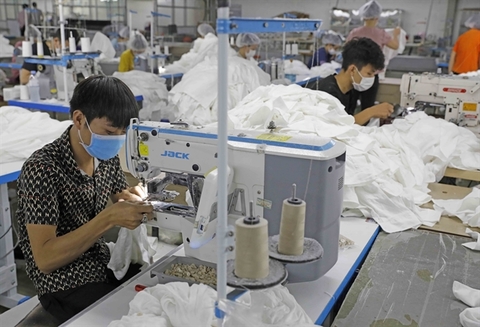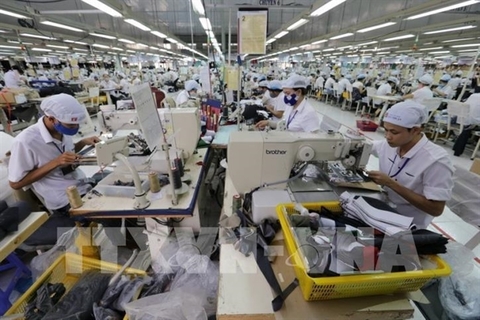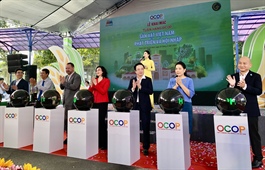RCEP helps to shape Viet Nam's supply chains: report
RCEP helps to shape Viet Nam's supply chains: report
The Regional Comprehensive Economic Partnership (RCEP) would have many positive effects on the regional economy and increase the whole region's income by about 0.6 per cent by 2030, said Luong Van Khoi, Vice President, National Centre for Socio-economic Information and Forecast (NCIF), Ministry of Planning and Investment.
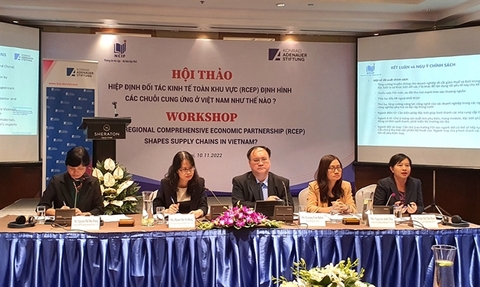
The World Bank's research (2022) forecast that Viet Nam's GDP would increase by about 4.9 per cent and exports would increase by 11.4 per cent by 2030.
As Viet Nam is already a member of other trade treaties, the trade impact of RCEP on both trade creation and trade diversion is far from significant, according to a report on "How the Regional Comprehensive Economic Partnership (RCEP) shapes supply chains in Viet Nam?" released by NCIF and Konrad-Adenauer-Stiftung Vietnam (KAS).
However, tariffs on some types of goods that Viet Nam is deeply involved in the supply chains, like textiles, automobiles, and some electronic products, are cut, and the application of unified RoO in RCEP will help Viet Nam participate more deeply in the regional supply chain.
The most important part of the agreement is probably the harmonisation of regional origins by applying the unified Rules of Origin (RoO), opening up many opportunities and benefits for intra-regional exports, the report pointed out.
The rules of origin in RCEP are generally similar to previous FTAs of ASEAN with partners (except for some more flexible points related to regulations on simple processing stages and more favourable certificates of origin). RoO applied in the electronics industry has the same strictness level as previous FTAs, but combined RoO is applied.
As a result, Viet Nam can import electronic components from any country in RCEP to continue processing or manufacturing finished products while still enjoying tax incentives when exporting these products to other RCEP countries.
However, the agreement could be a drawback if we don't utilise it wisely, said Truong Van Cam, Vice Chairman cum General Secretary of Vietnam Textile and Apparel Association (VITAS).
"Even though our industry exports yarn, fabrics to garments, Viet Nam has not created our own supply chain for the industry," Cam noted.
"Therefore, the agreement will benefit the industry in the short term. But if textile and garment companies continue to import input materials from other members in RCEP as they do now, the treaty will become a restraint for us to build a domestic supply chain."
In addition, the influence of the three largest partners in RCEP, including South Korea, China and Japan, is worth mentioning since these partners have established free trade relations within the framework of RCEP. They will, therefore, create a huge trade and investment diversion effect for partners in ASEAN. Those impacts and the volatility of major regional trends will reshape the supply chains in Viet Nam.
Besides the commitments of a traditional free trade agreement, RCEP also covers e-commerce, telecommunications, competition, small and medium enterprises (SMEs) and public procurement, Khoi added.
The trend of shifting supply chains into Viet Nam that has taken place before, thanks to bilateral FTAs or within the framework of "ASEAN +6", will be further promoted thanks to the enforcement of RCEP. The FDI inflows into Viet Nam are also expected to increase since major regional investors tend to specialise more strongly in developing supply chains.
Nevertheless, Tran Toan Thang, Director of the Industry and Enterprise Economic Forecasting Department, under NCIF, said that the rate of tariff cuts between end-consumer goods and intermediate goods and between different industry groups will change the price correlation, which in turn can change the structure of imported goods.
Cheaper intermediate inputs can make downstream enterprises more efficient and productive and have more export capabilities, which can promote downstream industries to develop by attracting both FDI and domestic investment to expand production in breadth and depth, the report said.
RCEP, which was signed in 2020 between ASEAN and five partner countries, including Australia, New Zealand, China, Japan and South Korea, is the world's largest free trade agreement (FTA), covering 30 per cent of global GDP.
The agreement is expected to eliminate about 90 per cent of import tariffs within 20 years of coming into force.


